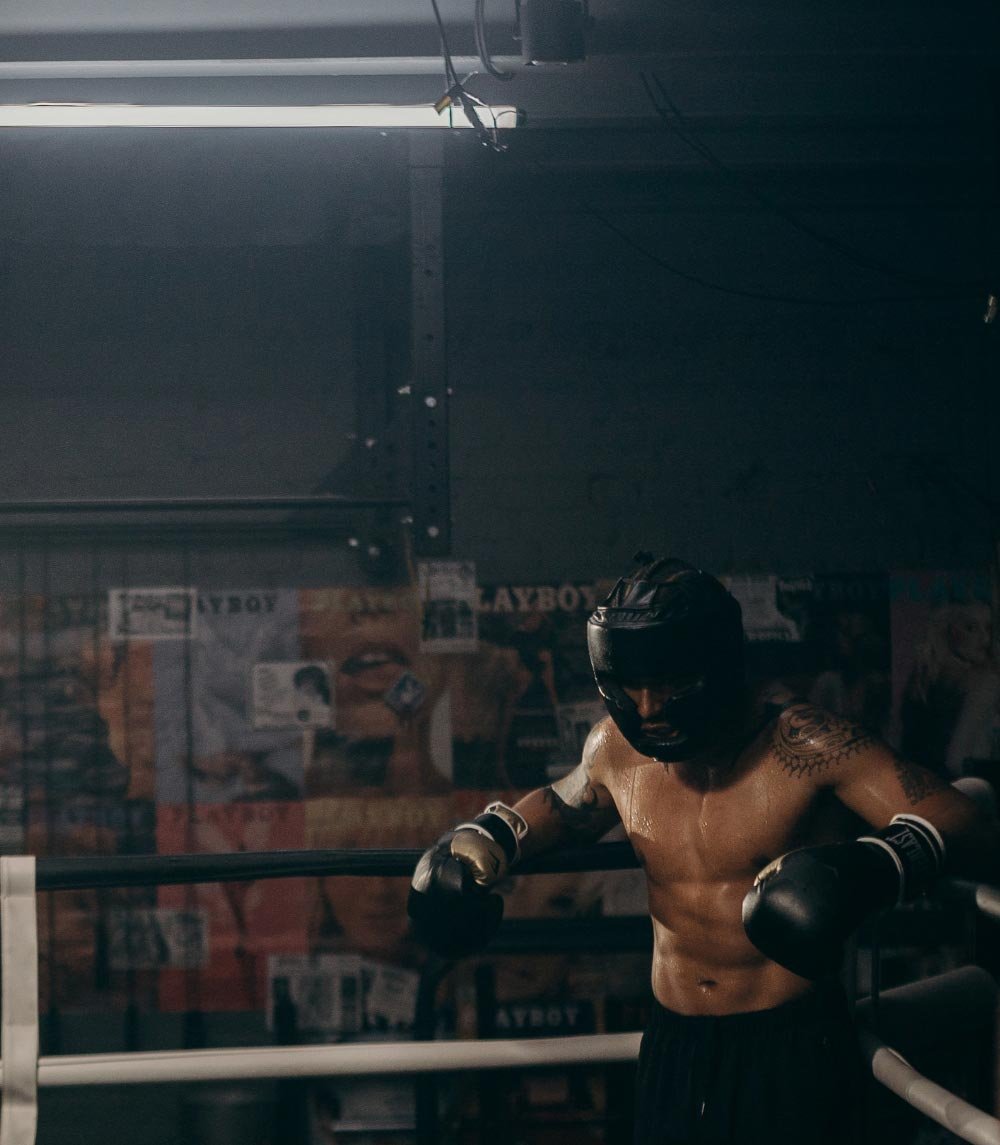
How to Create Compelling Storyboards for Better Storytelling
Storyboards are an essential tool for visualizing your story before production begins. They help streamline your creative process, align your team, and ensure that your vision translates effectively onto the screen. Whether you’re creating a short film, a commercial, or even a corporate video, storyboarding helps bridge the gap between concept and execution.
To get started, break down your story into scenes and identify the key moments that define your narrative. Each scene should represent a specific action, emotion, or development in the story. Sketch these moments into individual panels. Remember, you don’t need to be an artist; rough drawings or even digital templates can serve the purpose. Focus on key elements like character positions, camera angles, and movement within the frame.
Adding notes for camera directions, transitions, and dialogue can enhance the clarity of your storyboard. For instance, indicate if a particular shot requires a close-up, a pan, or a zoom. Incorporate ideas for lighting, music, and sound effects as well to provide a holistic view of the scene.
Modern tools like Adobe Storyboard, Canva, and Storyboarder can simplify this process with easy-to-use templates.
Ultimately, storyboarding is not just about organization—it’s about enhancing creativity. A well-thought-out storyboard ensures a smoother production and helps you tell your story in the most impactful way possible.









Leave a Reply